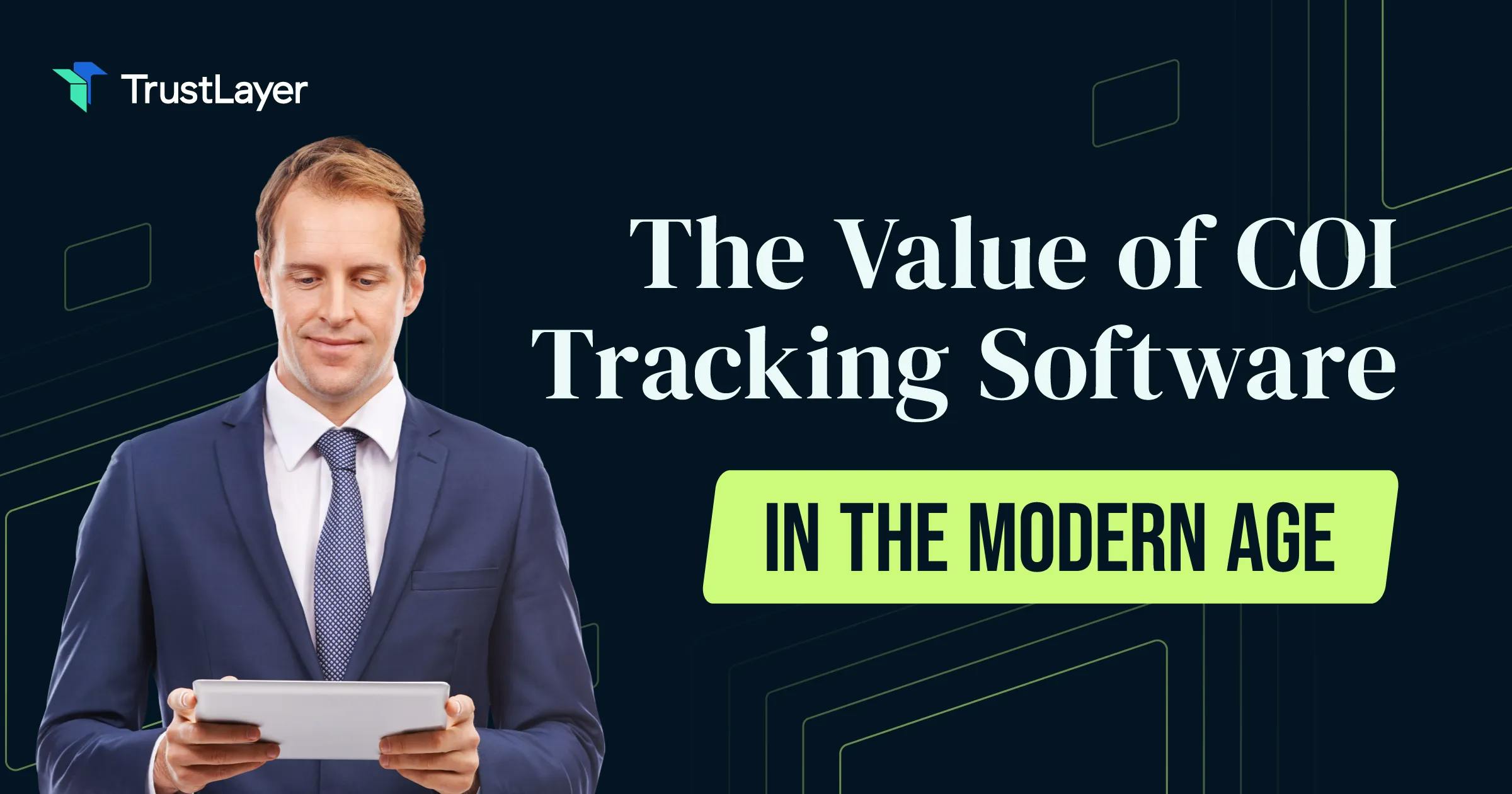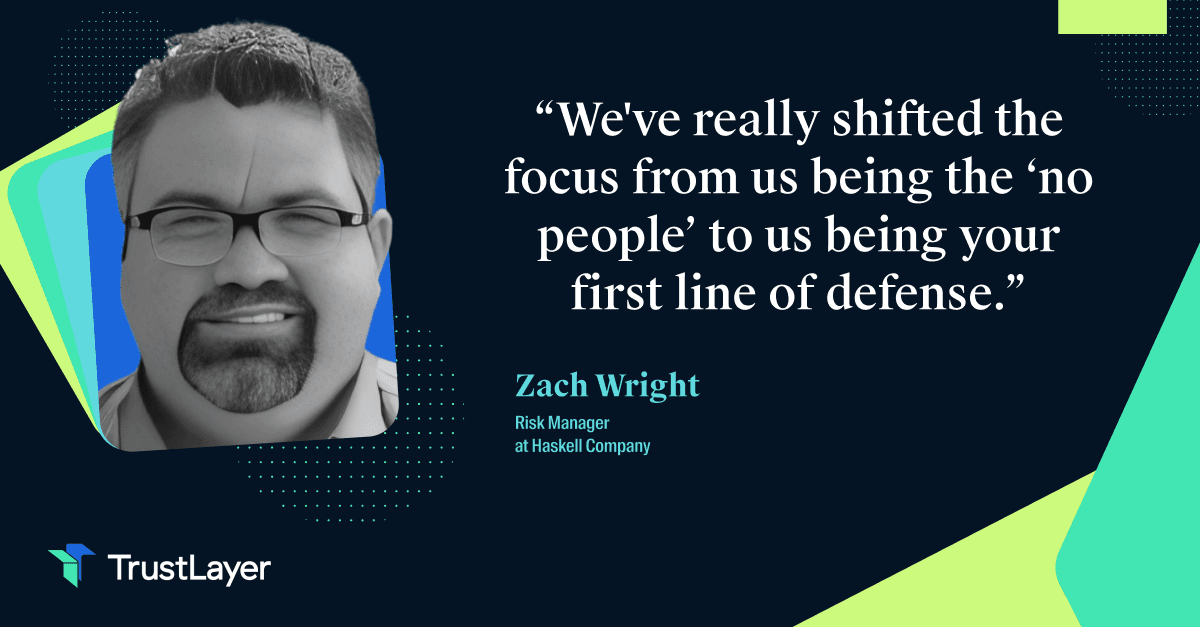Tracking software has become an essential tool in today's rapidly evolving digital landscape. From logistics and supply chain management to healthcare and retail operations, businesses in various industries are reaping the benefits of implementing tracking systems. In this article, we will delve into the definition and key features of tracking software, its role in different sectors, the benefits it provides, the challenges in adopting it, and the future trends shaping this technology.
Understanding Tracking Software
Tracking software is a powerful tool that allows businesses to monitor and gather real-time data on various aspects, such as inventory, shipments, assets, and personnel. With its advanced features and capabilities, tracking software provides businesses with unprecedented visibility and control over their operations. Let's explore the definition and key features of tracking software to better understand its value.
Definition and Key Features of Tracking Software
Tracking software is a computer program that enables organizations to track and manage their assets, resources, and processes efficiently. Its key features include:
- Real-time tracking: Tracking software provides live updates on the location, status, and movement of assets, ensuring businesses have up-to-date information at their fingertips.
- Inventory management: With tracking software, businesses can optimize their inventory levels, prevent stockouts, and streamline the supply chain process.
- Performance analytics: By analyzing the data collected by tracking software, businesses can gain valuable insights into their operations' performance, allowing them to make data-driven decisions.
- Integration capabilities: Tracking software can seamlessly integrate with other business systems, such as enterprise resource planning (ERP) software, to provide a holistic view of operations.
Real-time tracking is a game-changer for businesses. With the ability to receive live updates on the location, status, and movement of assets, organizations can ensure efficient resource allocation and utilization. For example, in the transportation industry, tracking software enables companies to monitor their fleet in real-time, optimizing routes and reducing fuel consumption. This not only saves costs but also minimizes the environmental impact.
Inventory management is another crucial feature of tracking software. By accurately tracking inventory levels, businesses can prevent stockouts and avoid overstocking. This leads to improved customer satisfaction and reduced costs associated with excess inventory. Additionally, tracking software streamlines the supply chain process by providing insights into demand patterns, enabling businesses to optimize their procurement and production processes.
Performance analytics is a key aspect of tracking software that empowers businesses to make data-driven decisions. By analyzing the data collected by the software, organizations can identify areas of improvement and implement targeted strategies. For instance, in the manufacturing industry, tracking software can provide insights into machine performance, enabling proactive maintenance and minimizing downtime. This ultimately leads to increased productivity and cost savings.
Integration capabilities are essential for tracking software to provide a comprehensive view of operations. By seamlessly integrating with other business systems, such as ERP software, tracking software ensures that data flows smoothly across different departments. This integration enables organizations to have a centralized platform for managing their assets, resources, and processes, resulting in improved efficiency and collaboration.
The Evolution of Tracking Software
Tracking software has come a long way since its inception. Initially, it was primarily used for fleet management and parcel tracking. However, advancements in technology have enabled tracking software to expand its capabilities and be applied in various industries.
For example, in the logistics and supply chain industry, tracking software has revolutionized the way companies manage their distribution networks. Through real-time vehicle tracking and route optimization, businesses can increase efficiency, reduce fuel consumption, and enhance customer service. With the ability to monitor the entire supply chain process, from procurement to delivery, organizations can identify bottlenecks and implement strategies to streamline operations.
In the healthcare sector, tracking software plays a vital role in asset management, ensuring that medical equipment is properly tracked and maintained. This not only improves patient care but also reduces costs associated with lost or misplaced equipment. Additionally, tracking software facilitates efficient patient tracking, enabling hospitals to optimize resource allocation and provide timely and personalized care.
Retail operations have been significantly improved with the implementation of tracking software. By tracking inventory levels, businesses can effectively manage stock replenishment, minimizing costs and avoiding stockouts. Tracking software also helps retailers identify consumer buying patterns, enabling them to tailor their offerings to meet customer demands. With the ability to analyze customer behavior and preferences, businesses can implement targeted marketing strategies and enhance customer satisfaction.
Overall, tracking software has evolved into a versatile tool that empowers businesses across various industries. Its advanced features, such as real-time tracking, inventory management, performance analytics, and integration capabilities, provide organizations with the visibility and control needed to optimize operations and make data-driven decisions. As technology continues to advance, tracking software will likely continue to evolve, offering even more innovative solutions to businesses worldwide.
The Role of Tracking Software in Different Industries
Tracking software has proven its worth in multiple industries, providing businesses with invaluable insights that translate into improved operations and greater success. Let's explore the role of tracking software in some key sectors:
Tracking Software in Logistics and Supply Chain
In the logistics and supply chain industry, tracking software has become indispensable. It enables companies to track shipments at every stage, from pick-up to final delivery. By providing real-time data on shipment status, expected delivery times, and potential delays, tracking software optimizes logistics operations, ensuring efficient supply chain management and enhanced customer satisfaction.
For example, according to industry research, businesses that implement tracking software experience a 20% increase in efficiency and a 15% reduction in operational costs. Furthermore, customer satisfaction rates have risen by 25%, resulting in increased repeat business and customer loyalty.
The Impact on Healthcare
In the healthcare sector, tracking software has transformed the management of medical assets, patients, and personnel. With its ability to monitor the location and movement of medical equipment, tracking software improves asset utilization, reduces equipment loss or theft, and ensures timely maintenance.
Additionally, patient tracking systems powered by tracking software streamline the patient journey, from check-in to discharge. This results in shorter waiting times, improved staff efficiency, and enhanced patient outcomes.
According to a recent study, hospitals that have implemented tracking software have seen a 30% reduction in equipment loss and a 20% decrease in patient wait times. This not only saves costs but also improves patient satisfaction and overall quality of care.
Enhancing Retail Operations with Tracking Software
The retail industry has witnessed remarkable changes with the adoption of tracking software. By accurately tracking inventory levels, businesses can optimize stock management, avoiding overstocking or understocking situations. This, in turn, reduces costs associated with excess inventory or missed sales opportunities.
Moreover, tracking software enables retailers to analyze customer behavior and preferences. By tracking customer interactions with products, businesses gain valuable insights into buying patterns, allowing them to tailor marketing strategies and offer personalized recommendations.
A recent survey revealed that 80% of retailers who have implemented tracking software reported a significant reduction in inventory holding costs, while 75% experienced improved customer satisfaction and increased sales.
The Benefits of Implementing Tracking Software
Now that we understand the role of tracking software in different industries, let's explore the benefits it brings to businesses:
Improving Efficiency and Productivity
Tracking software enhances operational efficiency by providing real-time insights and automated processes. With accurate data at their disposal, businesses can identify bottlenecks, streamline operations, and make informed decisions. This leads to improved productivity, reduced downtime, and increased profitability.
A study conducted by an independent research firm found that companies using tracking software experienced a 30% increase in operational efficiency and a 25% reduction in time spent on manual tracking tasks. This frees up resources that can be allocated to more value-added activities, boosting overall productivity.
Enhancing Data Accuracy and Transparency
One of the key advantages of tracking software is its ability to provide accurate and transparent data. By eliminating manual data entry and automating data collection processes, businesses can minimize human errors and ensure data integrity.
Furthermore, tracking software promotes transparency by keeping stakeholders well-informed about operations. Real-time updates on asset location, supply chain status, and delivery schedules enable businesses to improve communication and build trust with customers and partners.
According to a survey conducted by a leading analytics firm, companies that implemented tracking software reported a 40% improvement in data accuracy, resulting in more reliable reporting and better decision-making.
Cost Savings and ROI
Implementing tracking software can lead to substantial cost savings for businesses. By optimizing inventory levels, reducing stockouts, and improving supply chain efficiency, businesses can minimize inventory carrying costs and mitigate financial risks.
Additionally, tracking software helps identify areas of inefficiency and waste, allowing businesses to implement targeted cost-cutting measures. By reducing operational costs and improving resource allocation, companies can achieve a higher return on investment (ROI).
A study conducted by a renowned consulting firm revealed that businesses that adopted tracking software experienced an average of 20% reduction in operational costs and a 15% increase in profitability within the first year of implementation.
Overcoming Challenges in Adopting Tracking Software
While the benefits of tracking software are evident, organizations may face certain challenges during the adoption process. Let's explore these challenges and discuss effective strategies to overcome them:
Addressing Privacy and Security Concerns
Data privacy and security are critical considerations when implementing tracking software. Organizations need to ensure they comply with industry regulations and protect sensitive information from unauthorized access.
By partnering with reputable tracking software providers, businesses can mitigate security risks. TrustLayer, a leading tracking software solution, offers robust encryption and stringent access controls to safeguard sensitive data. Additionally, it ensures compliance with data protection regulations and actively monitors system vulnerabilities.
Ensuring User Adoption and Training
Successful implementation of tracking software requires user adoption and effective training. Resistance to change and lack of familiarity with new technologies can hinder the adoption process.
To overcome this challenge, organizations should provide comprehensive training programs to educate employees and stakeholders about the benefits of tracking software. Additionally, involving employees in the decision-making process and addressing their concerns can foster a sense of ownership and increase acceptance of the new system.
TrustLayer's user-friendly interface and intuitive design make it easy for employees to embrace the software. The company offers extensive training and support resources to ensure smooth implementation and user adoption.
The Future of Tracking Software
As technology continues to advance, tracking software will undoubtedly evolve to meet the changing needs of businesses. Let's explore some emerging trends that will shape the future of tracking software:
Emerging Trends in Tracking Software
Artificial Intelligence (AI) and Machine Learning (ML) will play a significant role in the future of tracking software. With AI-powered algorithms, tracking systems can analyze vast amounts of data and provide valuable insights, predictions, and real-time recommendations.
Furthermore, the integration of tracking software with Internet of Things (IoT) devices will enable businesses to track and manage assets seamlessly. From smart sensors embedded in products to RFID tags on inventory, IoT-enabled tracking software will provide businesses with real-time visibility and control over their assets.
Another emerging trend is the integration of blockchain technology with tracking software. Blockchain's decentralized and transparent nature enhances data security, reduces fraud, and ensures data integrity.
The Role of AI and Machine Learning in Tracking Software
AI and machine learning technologies will revolutionize tracking software by enabling predictive analytics, anomaly detection, and automated decision-making. By analyzing historical data and identifying patterns, these technologies can optimize routes, predict maintenance requirements, and detect potential issues before they escalate.
For instance, AI-powered tracking software can predict delivery delays based on weather conditions, traffic patterns, and historical data. This enables businesses to proactively address bottlenecks and communicate accurate delivery times to customers, resulting in improved customer satisfaction.
TrustLayer is at the forefront of these emerging trends, incorporating AI and machine learning capabilities into its tracking software. By leveraging advanced algorithms, TrustLayer provides businesses with enhanced insights and recommendations for more efficient operations.
Conclusion
Tracking software has revolutionized businesses across industries, providing unprecedented visibility, efficiency, and control over operations. From logistics and supply chain management to healthcare and retail operations, tracking software offers valuable insights that optimize processes, enhance customer satisfaction, and increase profitability.
Although challenges may arise during the adoption process, partnering with reputable tracking software providers like TrustLayer can overcome these hurdles. By addressing privacy and security concerns and fostering user adoption, businesses can unlock the full potential of tracking software.
As technology continues to evolve, tracking software will evolve with it. AI, machine learning, and IoT integration will shape the future of tracking software, empowering businesses with advanced analytics and automation.
Embrace the power of tracking software and stay ahead in the modern age of business.








